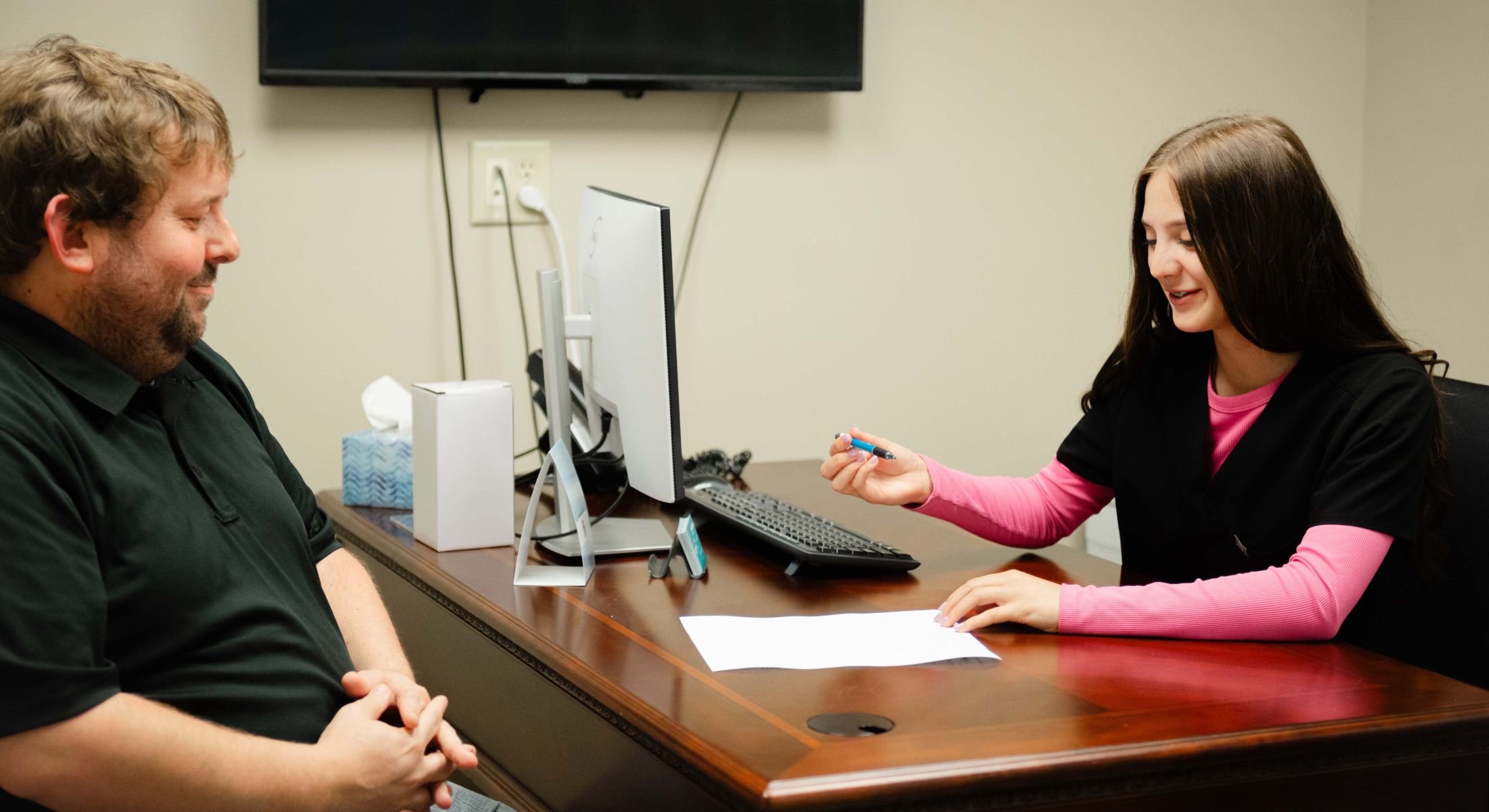



At Clifty Family Dental, we're committed to rebuilding your smile's foundation through expert dental bone graft procedures. Whether you're preparing for dental implants or addressing bone loss, we're here to provide compassionate, state-of-the-art care. Contact us today to schedule your consultation with Dr. Paul Wehner and take the first step towards a stronger, healthier smile.

Our Madison bone graft is a surgical procedure that adds volume and density to your jawbone in areas where bone loss has occurred. This technique uses bone material (either from your body, a donor, an animal source, or synthetic material) to stimulate new bone growth, creating a solid foundation for dental implants or improving the health of your jaw.

At Clifty Family Dental in Madison, IN, a dental bone graft typically involves these steps:
Consultation and Planning:
Preparation:
Graft Placement:
Healing Period:
Follow-up:
The procedure usually takes 45-90 minutes, depending on the extent of the graft needed.

Dental bone grafts can address various oral health issues, including:
Dental bone grafts can be performed in any area of the jawbone where bone loss has occurred. Common areas include:
Choosing a dental bone graft at Clifty Family Dental offers numerous advantages:
You may be a candidate for a dental bone graft if you:
Factors that might affect your candidacy include:
During your consultation for your bone graft Madison dentist, Dr. Paul Wehner, will assess your oral health and medical history to determine if a bone graft is right for you.

Recovery from a dental bone graft involves several stages:
To ensure the best results:
After receiving a dental bone graft at Clifty Family Dental:
While initial healing takes a few weeks, full integration of the graft typically takes 3-6 months.
The procedure itself is not painful as it's performed under local anesthesia. Some discomfort during recovery is normal and can be managed with pain medication.
We offer several options, including autografts (your own bone), allografts (human donor bone), xenografts (animal-derived), and synthetic materials. Dr. Wehner will discuss the best option for your specific case.
Rejection is rare, especially with autografts. However, proper care and follow-up are crucial to ensure successful healing and integration.
Typically, we wait 3-6 months after the bone graft before placing implants. This allows time for the graft to fully integrate with your natural bone.